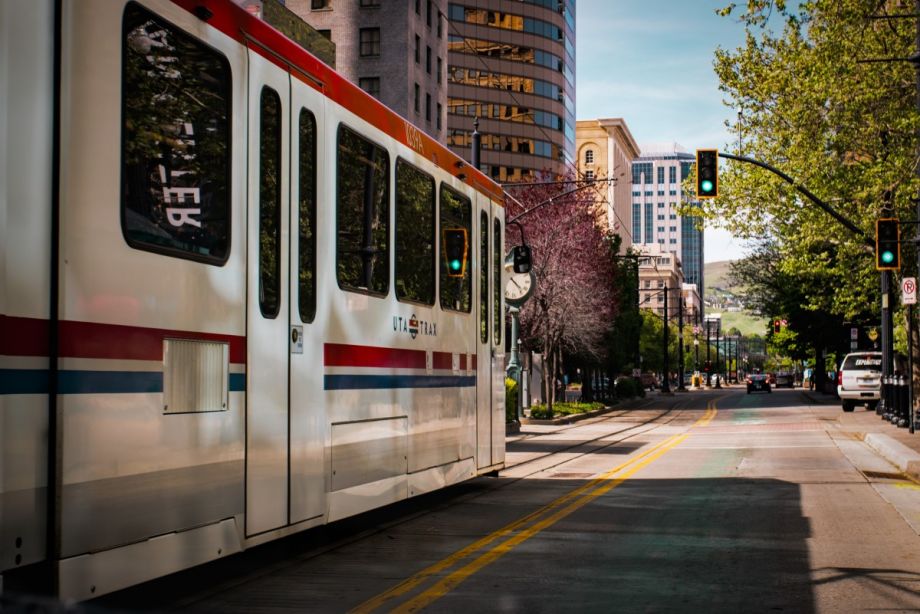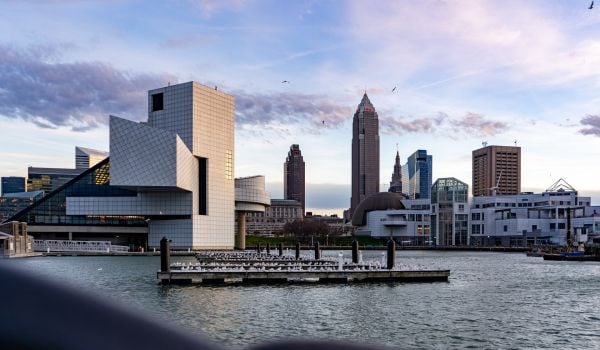It’s common sense — new suburban development creates more CO2 than dense, city-center development. But actual long-term research testing the emissions created by urban vs. suburban growth over time is scarce. A new study, published this month by the Proceedings of the National Academy of Sciences, sheds some light on the particles in question, revealing that, for the most part, common sense holds up.
The paper, co-authored by 14 scientists from the University of Utah, the National Center for Atmospheric Research in Boulder, Colorado, and several other universities, found that CO2 emissions have increased as suburban areas southwest of Salt Lake City have developed over the last 10 years. But similar population growth in the city center over the same time period didn’t lead to higher emissions. Researchers took advantage of the Utah region’s network of carbon dioxide sensors — the longest-running network in existence, with the first sensor established in 2001 according to the Washington Post.
The uptick in suburban emissions is not all that surprising, Christopher Jones, a researcher at the University of California at Berkeley who was not involved in the study, recently told the Post.
“Of course, if you put more people where there weren’t people before, you’re going to have more emissions,” he said. “The question is putting them in one type of development, compared with somewhere else.”
But the findings aren’t quite as simple as “urban growth equals good for the planet, suburban growth equals bad.” For one thing, according to the paper, emissions were already much higher in the city than in the rural areas that suburbanized over time. So while CO2 did not rise in the dense downtown, it was already present in much larger quantities.
And as Jones pointed out to the Post, the population growth in the center of Salt Lake City would be much smaller than the growth in the suburban (previously rural) areas if you looked at it in percentage terms. So you might expect to see smaller CO2 changes.
Still, overall the research appears to confirm that SLC policies like prioritizing walkable development, funding light-rail expansions and offering free transit on high-pollution days are headed in the right direction. As Josh Cohen noted for Next City in January, automobile emissions account for more than half the pollution in Utah. So (barring an overnight EV/power plant revolution) building single-family homes that rely entirely on cars is, of course, going to tick up regional CO2. It’s common sense — this time with sensors to back it up.

Rachel Dovey is an award-winning freelance writer and former USC Annenberg fellow living at the northern tip of California’s Bay Area. She writes about infrastructure, water and climate change and has been published by Bust, Wired, Paste, SF Weekly, the East Bay Express and the North Bay Bohemian
Follow Rachel .(JavaScript must be enabled to view this email address)
















